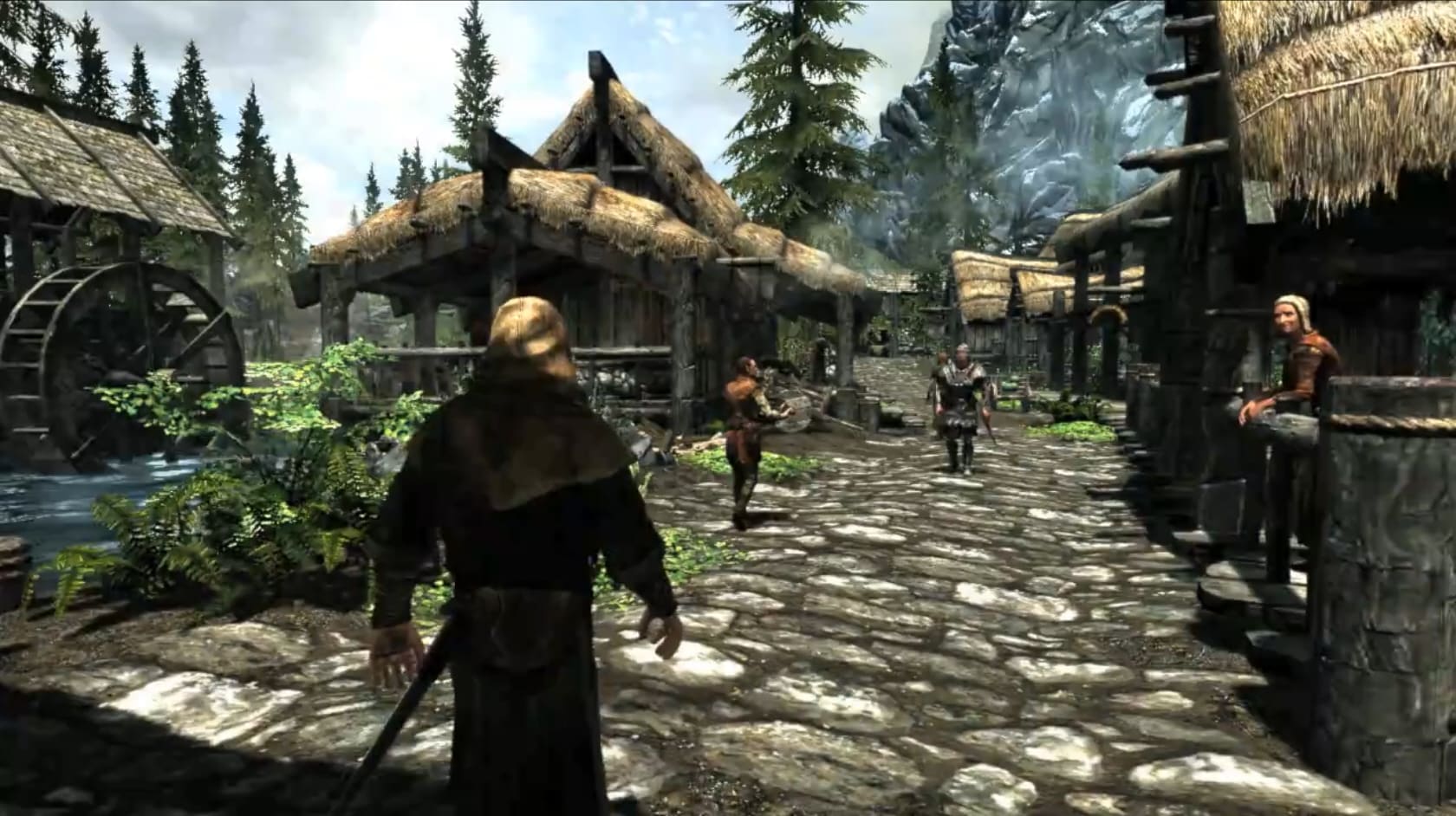
The Importance of Game Physicsĭevelopers apply physics in games for a variety of reasons, but the most important factors to consider are intuitiveness and fun factor. We will avoid the deep technical dive for now, but may investigate the complexities further in a future installment. In this article, we'll delve a bit deeper into these two types of physics and explore how and why they are used in video games. For this reason, it is used far less and depending on the game, may not be required at all. Soft body is much more complex to simulate. Soft body physics is applying physical forces to a deformable mass - like a flag. Rigid body physics is generally defined as forces that act on a solid object.

Regardless of the complexity or whether a game engine requires middleware to handle the computations, game physics falls into two broad categories - rigid body and soft body. Programming physics into a game can be as simple as one or two routines with a few lines of code each, or as complex as requiring a completely separate physics engine like Havok or PhysX with millions of lines of code.

However, aside from glitches, quirks, or intentional game physics that don't mimic the real world, we expect in-game objects to behave in ways that make sense, so we don't think about that fact that these laws must be baked into the game. Although, if you have played Skyrim long enough, you know that this can happen anyway. If you make your avatar jump, you expect it to come down and not go shooting off into space. Video game physics are something that we often take for granted.


 0 kommentar(er)
0 kommentar(er)
